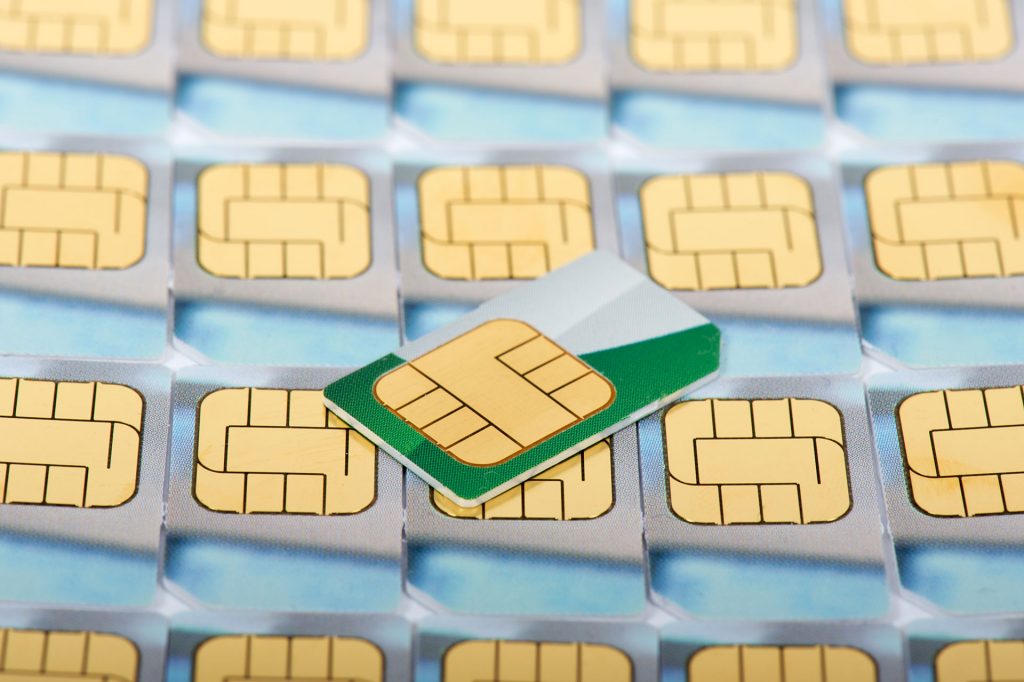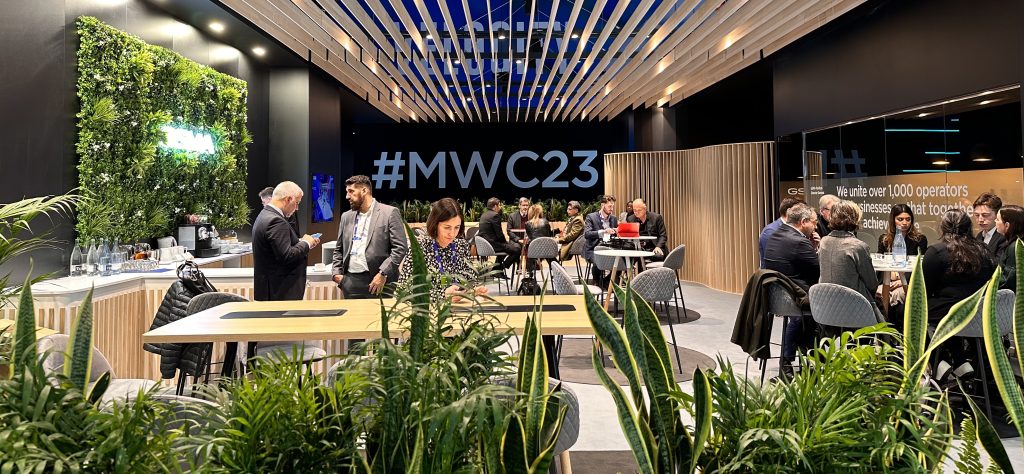
- Resources
- Blog
iSIM Driving IoT Designs to Market Faster and More Securely
Momentum toward adopting and implementing iSIM, the on-chip integrated form factor of eSIM, has increased significantly. An overwhelming majority (88 percent) of the GSMA eSIM working group, consisting of representatives from the entire mobile ecosystem, voted recently to include iSIM in the latest GSMA specifications.
Mobile network operators (MNOs) including AT&T, SoftBank, Sprint and Vodafone have voiced support publicly. In addition, module vendors including Murata, Quectel, Sequans, Sierra Wireless, Telit, and u-blox either plan to implement iSIM in designs or have announced support for this technology.
We are also starting to see several customers adopt the technology to enable new business models, drive better customer service and increase productivity.
Multinational pharmaceutical and life sciences company Bayer is using a joint iSIM solution from Kigen, Vodafone Business, Altair Semiconductor and Murata for smart labels so that it can constantly monitor the status of its products and take immediate action to protect their integrity. The smart label connects via public mobile networks and delivers three years of continuous service from the power source, allowing Bayer to streamline operations considerably.
Creating new opportunities in global connectivity
Consumer electronics, healthcare and utilities companies are also adopting iSIM and global connectivity. For example, one of our consumer electronics customers is leveraging iSIM and Internet of things (IoT) technologies to develop a new product-as-a-service business model to make its products accessible to a mass audience.
Through this model, it is offering customers premium products, that typically sell for hundreds of dollars, for a low monthly subscription fee. Kigen iSIM solutions enables its customers to easily switch on their connected product and start using it seamlessly. The products can also be updated remotely and securely over-the-air, via device management consoles as new firmware becomes available, or decommissioned if the customer wants to stop using the device.
iSIM simplifies life for all aspects of the IoT ecosystem. As we move from a discrete SIM chip to integration into the main processor chip, it optimizes cost, size, power and performance—all while increasing security.
Kigen has been at the forefront of iSIM innovation since the standard’s inception. This means that our partners and customers get a complete iSIM solution, in-depth expertise and enablement tools for the entire ecosystem. We also work closely with security evaluation labs to ensure that our iSIM IP meets the stringent industry requirements.
End-to-end high-grade security added to almost any device
Trust and security must be the foundation on which to build IoT to make it a success, and privacy concerns must be addressed for consumers to trust OEMs adding connectivity to devices which were previously unconnected.
iSIM provides an industry-recognized level of protection for subscription credentials. As a secure enclave implementation, iSIM offers isolated processing and additional authentication layer capabilities, which can act as a root of trust for secure communications at a lower cost and potential higher security than discrete devices.
iSIM will enable eSIM security features to be added to almost every device on the planet. Through the GSMA standard IoT SAFE (IoT SIM Applet For Secure End-2-End Communication), iSIM supports the entire secure chip-to-cloud IoT infrastructure. This means that iSIM can now be used to provide authentication and verification of both connectivity and application credentials for any data being exchanged with any cloud over any cellular network by any device.
Partners embracing the benefits of iSIM
The ecosystem is clearly embracing the benefits. Cellular IoT chipset provider Altair Semiconductor, a Sony Group Company, has pioneered the modem chipset with integrated SIM for deployment across LPWA cellular networks.
“iSIM technologies enable Altair and our partners to enter new markets and develop new IoT applications in a much faster and more efficient manner,” said Aviv Castro, Altair vice president of business development. “This kind of zero-friction IoT experience unlocks cellular IoT complexity for our customers.”
Module maker Sierra Wireless has broadly adopted SIM technology in its IoT solutions and sees benefits in lowering costs while optimizing module design and differentiating its solutions.
“The inclusion of SIM cards inside cellular IoT modules is already a reality with our Ready-to-Connect product line,” said Philippe Guillemette, CTO of Sierra Wireless. “However, this is just a first step. Our vision is that integrated UICCs (Universal Integrated Circuit Cards) are the next logical step, providing even more benefits for the market in terms of simplicity, security, cost and power optimization.”
Murata, the module maker involved in the Bayer project, and SoftBank echo the sentiment.
“It is very satisfying to see the progress that has been made with iSIM technology as it can become a key enabler for reducing the barriers to build, connect and manage IoT devices for OEMs,” said Satu Lipponen, vice president strategic marketing at Murata Europe. “Anything Murata can do to speed up time-to-market is paramount, and we’re delighted to be making this happen.”
“Seamless connectivity’s ability to scale is crucial to enabling our vision of one trillion connected devices,” said Hironobu Tamba, vice president, smart IoT & AI division at SoftBank Corp. “SoftBank is enthusiastic to see a growing number of partners joining the iSIM ecosystem and the first real life trials of iSIM. We believe this technology will stimulate the IoT business and become a global standard in the future.”
iSIM makes it easier to bring your IoT vision to life
Billions of new IoT devices will use cellular technology for communication and therefore need SIMs to authenticate onto carrier networks. The goal of iSIM is to remove the well-known drawbacks of the traditional SIM for IoT use cases which will help reduce the barriers to connection, to deployment and to go-to-market for IoT devices. Put simply, iSIM will make it easier for new and existing players on the market to bring their IoT vision to life.
Partner with Kigen for flexible eSIM and iSIM solutions.
The portability and mobility of eSIM and iSIM make the difference for the companies we highlighted here, and they can give you a competitive edge, too. Kigen offers solutions that can help you make the transition and set a new foundation for developer innovation in IoT at your company. Learn more here.



